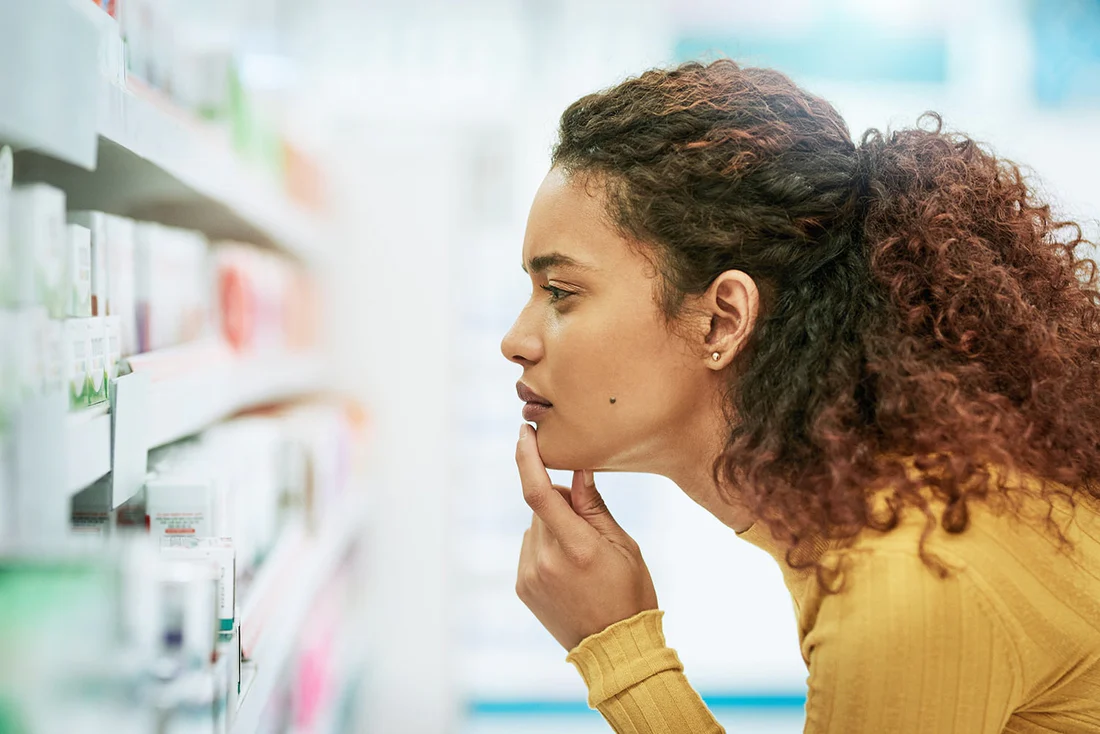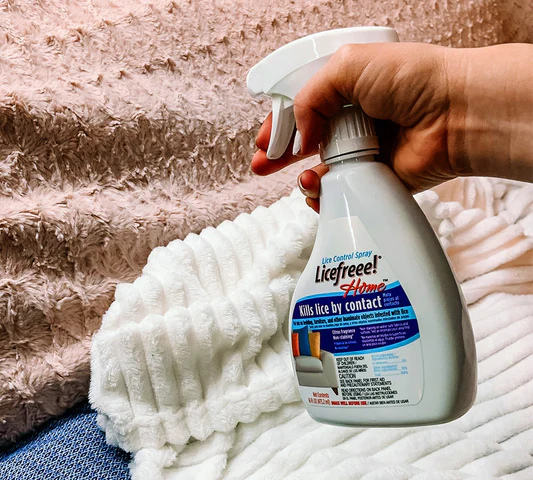
How Many Lice Treatments Do You Really Need?
Uh-oh, you’ve identified lice! Firstly, do not panic! Lice infestations are a common problem, especially amongst school-aged children. You’ll want to seek treatment immediately, and in some cases, your infestation may require several rounds of it. This article will guide you through what to do if you find lice, how many treatments are typically needed, follow-up care, and how to prevent future infestations.
What to Do If You Find Lice
Discovering head lice can be alarming, but it’s important to remain calm and take immediate action:
- Confirm the Infestation: Ensure that what you’re seeing are indeed lice. Look for live lice, which are about the size of a sesame seed and can be grayish-white or tan. Nits, or lice eggs, are tiny, yellow or white ovals attached to hair shafts near the scalp.
- Isolate Affected Individuals: To prevent spreading, keep the infested person away from others until treatment is completed.
- Begin Treatment Immediately: Use an effective lice treatment like Licefreee Spray. This homeopathic formula kills lice and nits on contact, simplifying the treatment process.
How Many Times Should You Treat Lice?
The number of treatments needed to get rid of head lice can vary, but here are some general guidelines:
- Initial Treatment: Use Licefreee Spray to kill live lice and nits on contact. This one-step application involves saturating the hair and letting it air dry. There’s no need for rinsing or extensive combing during this step.
- Follow-Up Treatments: Typically, one thorough treatment is sufficient if done correctly. However, you should check the hair every 7-10 days to ensure no new lice have hatched. If you find live lice, repeat the treatment.
- No-Nit Policies: Some schools require complete removal of all nits. Use a professional lice comb to remove dead lice and nits from the hair meticulously.
How to Follow Up Care
After the initial treatment, follow these steps to ensure lice are completely eradicated:
- Daily Checks: For the first week after treatment, check the infested person’s hair daily for any signs of live lice or new nits.
- Regular Combing: Use a nit comb daily to remove any remaining nits. This is especially important if your school has a no-nit policy.
- Wash and Clean: Clean all bedding, clothing, and personal items that may have come into contact with the lice. Wash items in hot water and dry them on high heat.
How to Prevent Lice Infestations
Preventing future lice infestations requires a combination of vigilance and good habits:
- Avoid Sharing Personal Items: Educate children about not sharing hats, brushes, hair accessories, and other personal items that come into contact with hair.
- Regular Hair Checks: Periodically check your children’s hair, especially if there has been a lice outbreak at school.
- Use Preventative Products: Use Licefreee Spray as a daily lice defense by applying it after school to neutralize any potential lice hitchhikers.
- Maintain Clean Environments: Regularly vacuum and clean areas where children play and rest to minimize the chances of lice spreading.
Licefreee Spray for Lice Treatment
Licefreee Spray is an effective, homeopathic treatment for head lice that simplifies the process with its easy application:
- Natural Formula: Uses sodium chloride to kill lice and nits on contact, including super lice.
- No Harsh Chemicals: Free of chemical pesticides, making it safe for repeated use.
- Easy to Use: Simply saturate the hair and let it air dry. No need for rinses or complicated combing.
- Daily Defense: Pair with Licefreee Everyday Shampoo for ongoing defense.
Effectively dealing with head lice requires immediate action and the right products. With Licefreee Spray, you can confidently treat lice and nits with a simple, one-step process. While one treatment is often sufficient, regular follow-up checks and preventive measures are crucial to ensure complete eradication and prevent future infestations. Stay vigilant and proactive to keep lice at bay and maintain a healthy, lice-free environment for your family.



